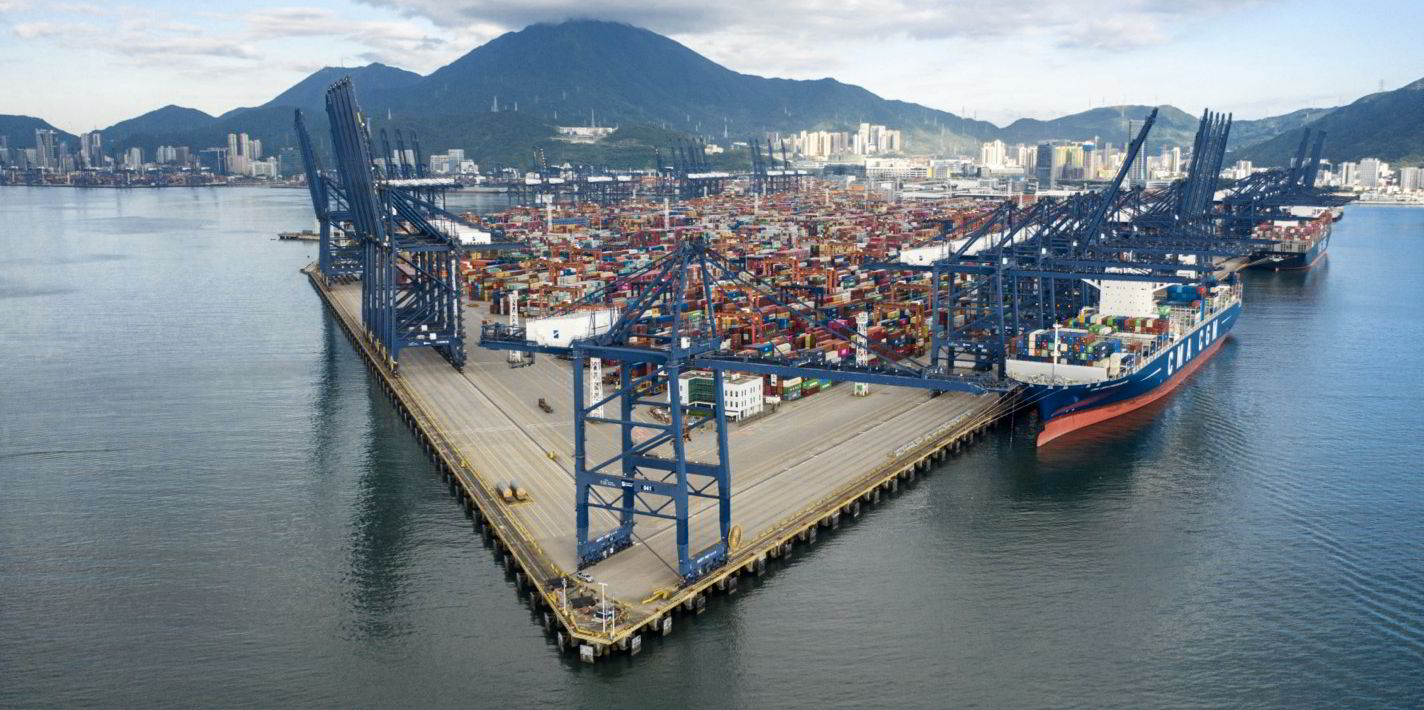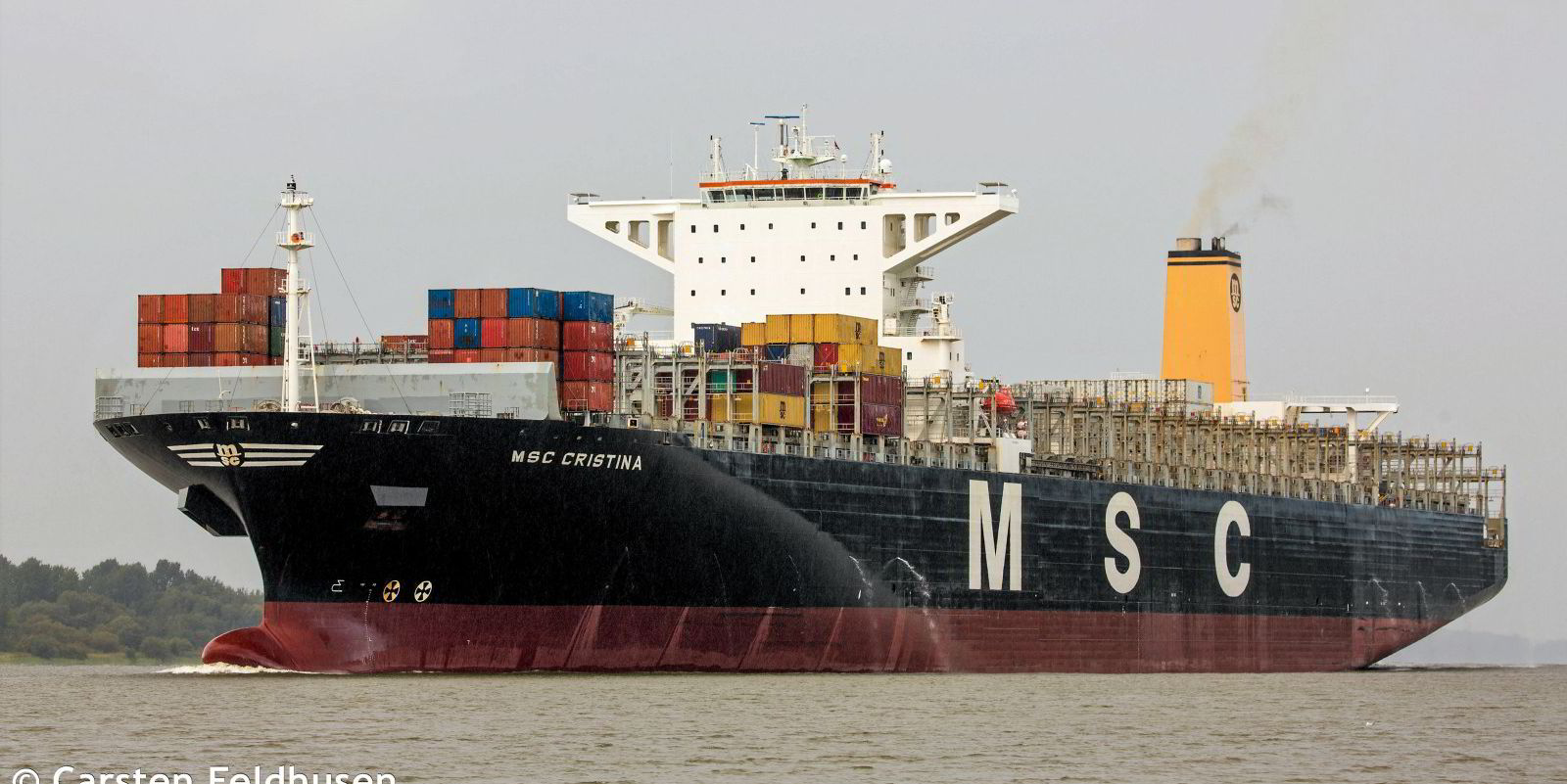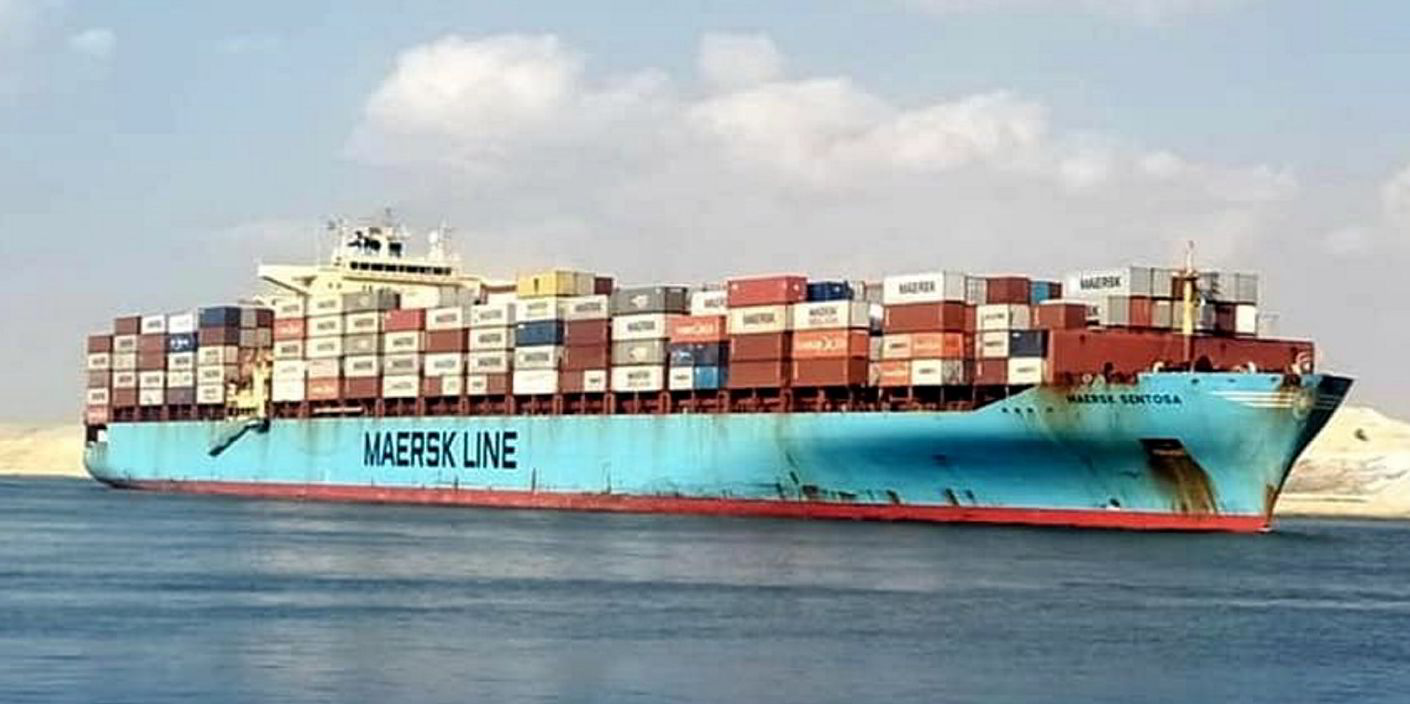A fresh outbreak of Covid-19 in southern China is placing upward pressure on container freight rates in an already stressed market.
Several liner operators are omitting sailings due to the evolving congestion and disruption in and around the Port of Shenzhen.
AP Moller-Maersk is diverting up to 40 boxships from ports in the region as the Covid-19 outbreak worsens there.
It said it is taking action due to disruption at terminals in Yantian, Shekou and Nansha.
“The situation continues to deteriorate as more positive Covid cases have been confirmed in Shenzhen, where Yantian port and Shekou port are located, and in Guangzhou, where Nansha port is located,” Maersk added.
Increased congestion and vessel delays of more than 15 days are expected at Yantian alone.
The shortage of capacity has pushed freight rates to record levels on key routes from China to the US and Europe.
Rates from Asia to the US West Coast rose by $684 to $6,181 per 40-foot equivalent unit (feu) in the week ending 8 June.
Those from Asia to the US East Coast rose an astonishing $1,495 to $8,974 per feu, according to the Freightos Baltic Index (FBX).
Congestion forced several ships to omit their usual calls at Yantian or Shekou to minimise schedule disruption.
Maersk’s 2M alliance partner Mediterranean Shipping Co (MSC) and THE Alliance grouping of Ocean Network Express (ONE), Hapag-Lloyd, Yang Ming Marine and HMM are also dropping calls at Yantian International Container Terminals (YICT).
“The container logistics situation continues to deteriorate around all the ports in the area,” ONE said in an advisory.
YICT, one of the biggest terminals in the world, has been kept working at low productivity by continued Covid-related work restrictions and high yard density.
Port operations in the western area of YICT have, however, been suspended until further notice.
Export containers and transshipment containers have been held there.
Disinfection and quarantine measures are being continuously implemented by local authorities, Maersk said.
Operation in the eastern area of the terminal, where mother vessels mainly berth, continues to experience low productivity, of about 30% of normal, it added.
Problems at YICT have affected other ports in the region, including Shekou Container Terminals, Chiwan Container Terminals and the Port of Nansha.
In a note to clients, Maersk said several vessels will omit Yantian and Shekou “to protect schedule reliability”. Some of its ships are still calling at Yantian, with vessels due on 11, 13 and 16 June.
Vessel delays have become a huge problem for the liner sector.
About 2.8m teu of vessel capacity was absorbed by delays at a peak in February, dropping to around 2.1m in April, Sea-Intelligence estimated. That comes close to matching the global fleet of ultra-large containerships of 18,000 teu or above, which has a combined capacity of 2.7m teu.
“The congestion problem in 2021 is of such a magnitude that the effect is the same as if the entire industry had decided to remove all ultra-large container vessels from the fleet, without adding any new vessels,” the Danish analyst said.
The disruption in Asia is stoking fears that it risks pushing up the price of Chinese exports.
It is compounded by surging demand, a shortage of containers and problems with crew members unable to disembark at ports.
Liner operators are also facing congestion at European ports, which have still not recovered from the backlog caused by the Suez Canal blockage.
That pushed freight rates on the Asia to North Europe trade to another all-time high of $11,037 per feu this week, according to FBX.
The position at European ports has been worsened by disruption in Hamburg, which is affected by congestion, go-slow actions and protests.
Maersk and MSC will omit Hamburg from their AE7/Condor Loop 4 for the next four voyages until early July and call at Bremerhaven instead.










